#crossover
Fiat 500L Confirmed As New Crossover's Nameplate
Ditching the codename of “ Ellezero” Fiat has given their new crossover the anti-climactic “500L” nameplate. And while Europe will get a three-row version with 7 seats, Americans will get the five seater only.
Consumer Reports Trashes Range Rover Evoque, Nouveau Riche Shrug With Apathy
Consumer Reports failed to give the Range Rover Evoque its “Recommended Rating”. Instead, the BMW X3 nabbed the coveted title. Too bad the hordes of auto journos and status-concious customers have spoken.
2013 Ford Escape Tentatively Priced At $22,220
Yes, prices are subject to change, but Ford’s configurator gives us a good idea of how much a 2013 Ford Escape will go for when it hits showrooms this spring.
OMG! The Buick Encore Killed The GMC Granite! You Bastards!
While hit rapper Drake may favor Range Rovers as his ride of choice, the may have been talking about the new Buick Encore when he rapped on his hit song “Headlines” “ You gon hype me up and make me catch a body like that”. The Buick Encore, barely unveiled just 48 hours ago, has generated lots of hype at TTAC, and according to Automotive News, has already “ bodied” a future GM product – the GMC Granite.
GM Considers An X3 Fighter For Cadillac As Chevy TrailBlazer Denied Entry To America
A double shot of news on the General Motors SUV front. Automotive News is reporting that Cadillac considering a small SUV to compete with the BMW X3. A separate article suggests that the General will give auto writers another excuse to bitch about the lack of body-on-frame SUVs, with its decision not to import the Thai-engineered TrailBlazer.
NAIAS: 2013 Nissan Pathfinder
Porsche Cayenne Diesel Coming To America In 2012
Forget Amerindian prognostications of the apocalypse occurring in 2012 – the sight of an oil-burning Porsche SUV is enough for some to consider it the end of the world.
The announcement of a diesel powered Porsche Cayenne was buried deep within a press release for the Porsche 911 Cabriolet’s debut at the 2012 North American International Auto Show. According to the release, the spring launch of the previously revealed Panamera GTS “…will subsequently be followed by the Cayenne Diesel as Porsche’s first compression-ignition car in the USA.”
Review: 2012 BMW X5M
If you ask a certain segment of the automotive press, it seems that BMW is rapidly losing the plot. While I agree that BMW’s latest wares are bigger, heavier and more leather-clad than ever before, I can’t say thing is a bad thing in my mind. I upset a few people when I reviewed the then-new 335is by saying “BMW is the new Mercedes”. I’m not sure why noses were “rankled”, but there seems to be a large segment of TTAC’s readership that believe BMW has abandoned “sport” for “luxury”. Maybe they are right; the M3 and M5 have been gaining weight an alarming pace and now we have the X5M and X6M, a pair of 5,400lb SUVs wearing full-on M badges. The burning question at TTAC is: should the guy responsible for designing it be committed? Or should the vehicle be put in a straight-jacket for being a totally insane machine?
Review: 2012 Honda CR-V EX-L
“Hey Brendan,” runs the e-mail from our illustrious ed., Ed, “I was wondering if you wanted to take on the most challenging story I’m currently facing: making the new Honda CR-V interesting.”
Fat chance.
“Don’t get taken in by the free bacon!”
Wait, what now? Free bacon? I’M THERE.
Peugeot Imagines A Future In Which CUVs Don't Suck
Infiniti JX Introduces The Hofmeister Curve
European Wagons Go (Out)Back To Crossover Roots
The modern Crossover family tree can be traced (aesthetically, anyway) back to three basic roots: the “light SUV” (Jeep Cherokee, Toyota 4Runner), the “pure crossover” (Lexus RX300 and endless copies) and the “jacked up AWD wagon” (Outback, Volvo Cross Country). In fact, one might even posit a Hegelian dialectic to explain the evolution from:
Light SUV (thesis) -> “jacked up AWD wagon” (antithesis)-> “pure crossover” (synthesis)
Well, leave it to Europe to screw up a perfectly good theoretical construct. It seems that the continent that gave us dialectics is going back to what was always the most interesting branch of the crossover family, the “jacked up AWD wagon.” Volkswagen seems to be responsible for a lot of the re-exploration of Subaru’s now-nearly-abandoned niche, with a CrossPassat coming to European markets next year, a possible “Skoda Superb Scout” being weighed as well, and an Audi A4 Allroad already on sale. But perhaps the most intriguing of this new class of neo-Outbacks comes from Peugeot, which is testing a leggy 508 diesel hybrid wagon that drives its rear wheels solely by electric power.
Ask The Best And Brightest: Does This Car Have A Chance In The US Market?
Over the last 24 months, the Mercedes R-Class has motivated a mere 6,469 Americans to plunk down $50k+ for a Mercedes-badged non-minivan. Now that it’s received a much-needed facelift that removes most of the slug-inspired design cues, will it sell any better? From the ash heap of history, the Chrysler Pacifica has recorded a “no” vote. What say you?
What's Wrong With This Picture: Vue To Rebadge Edition
Review: 2011 Nissan Juke
Because car enthusiasts tend to be more interested in cars themselves than the industry that creates them, critics and commentators tend to praise engineers while vilifying accountants, marketers and the countless other professions required to bring a new car to production. The assumption seems to be that engineers develop great cars which are then cheapened, blandified and otherwise screwed up by everyone else. Obviously this is an oversimplified perspective, but in certain cases it’s downright undeniable. Rarely has it been more true than with the Nissan Juke.



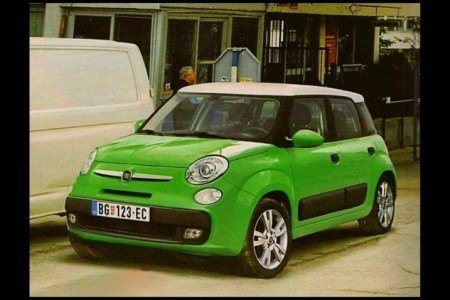

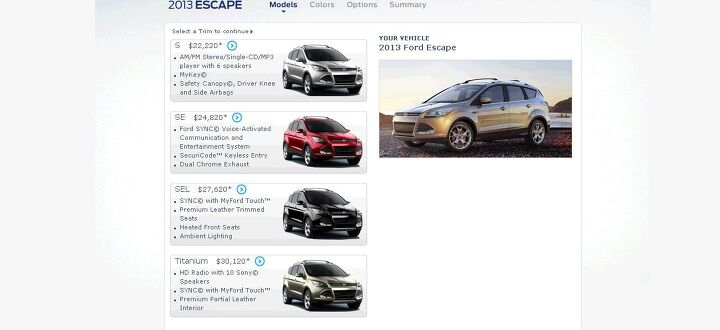
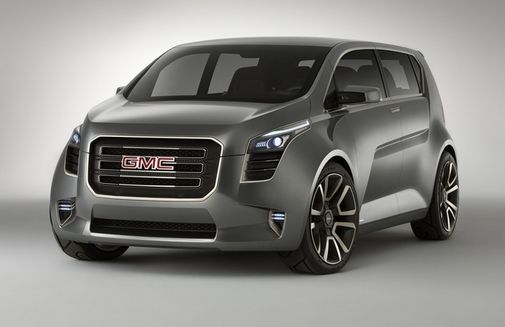

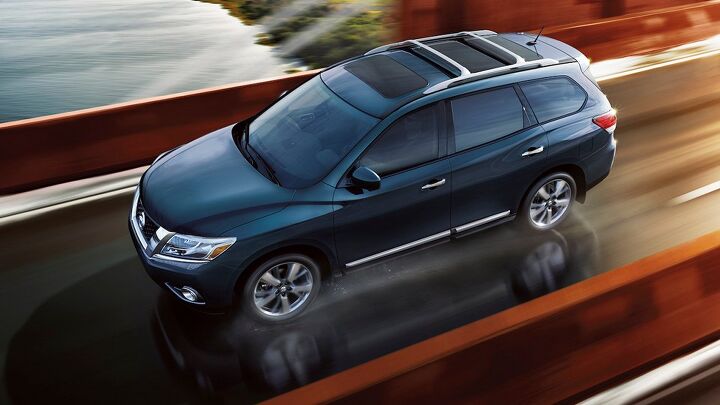
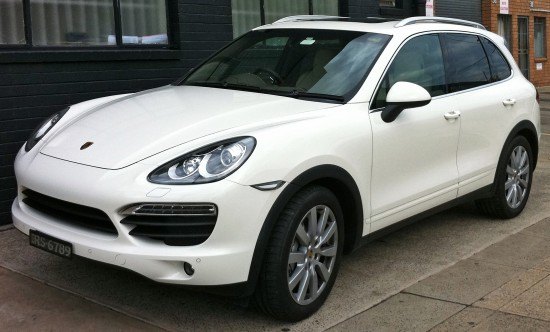
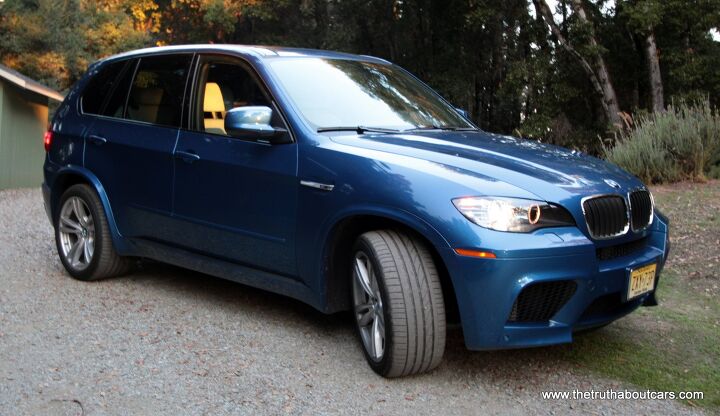
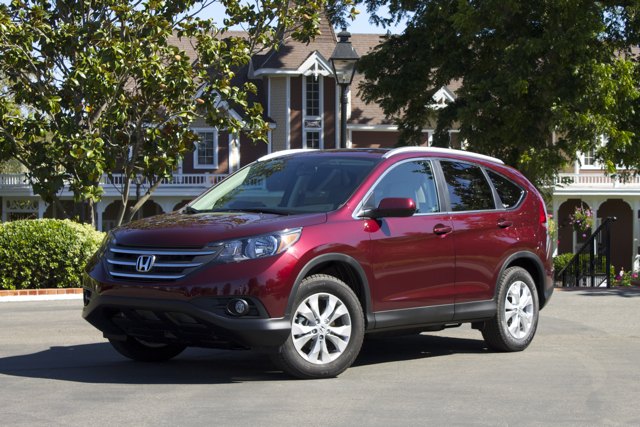
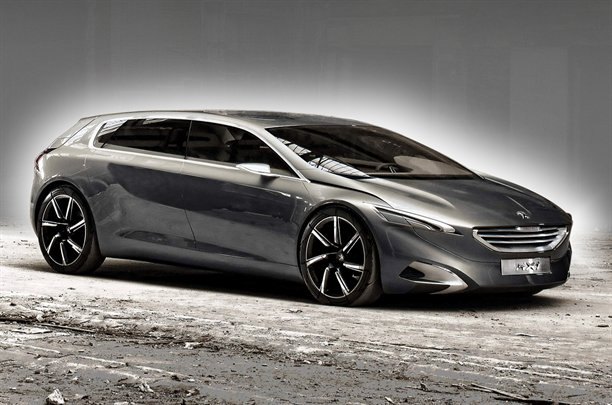

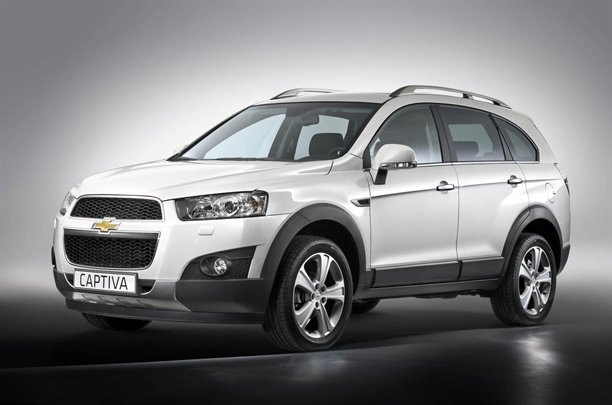
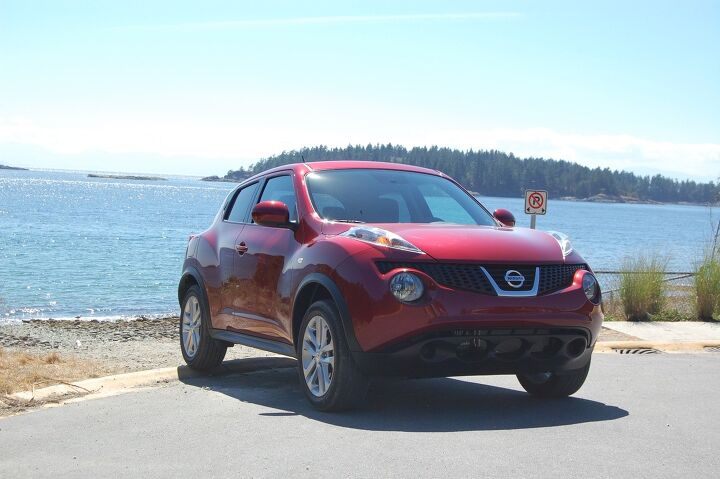












Recent Comments